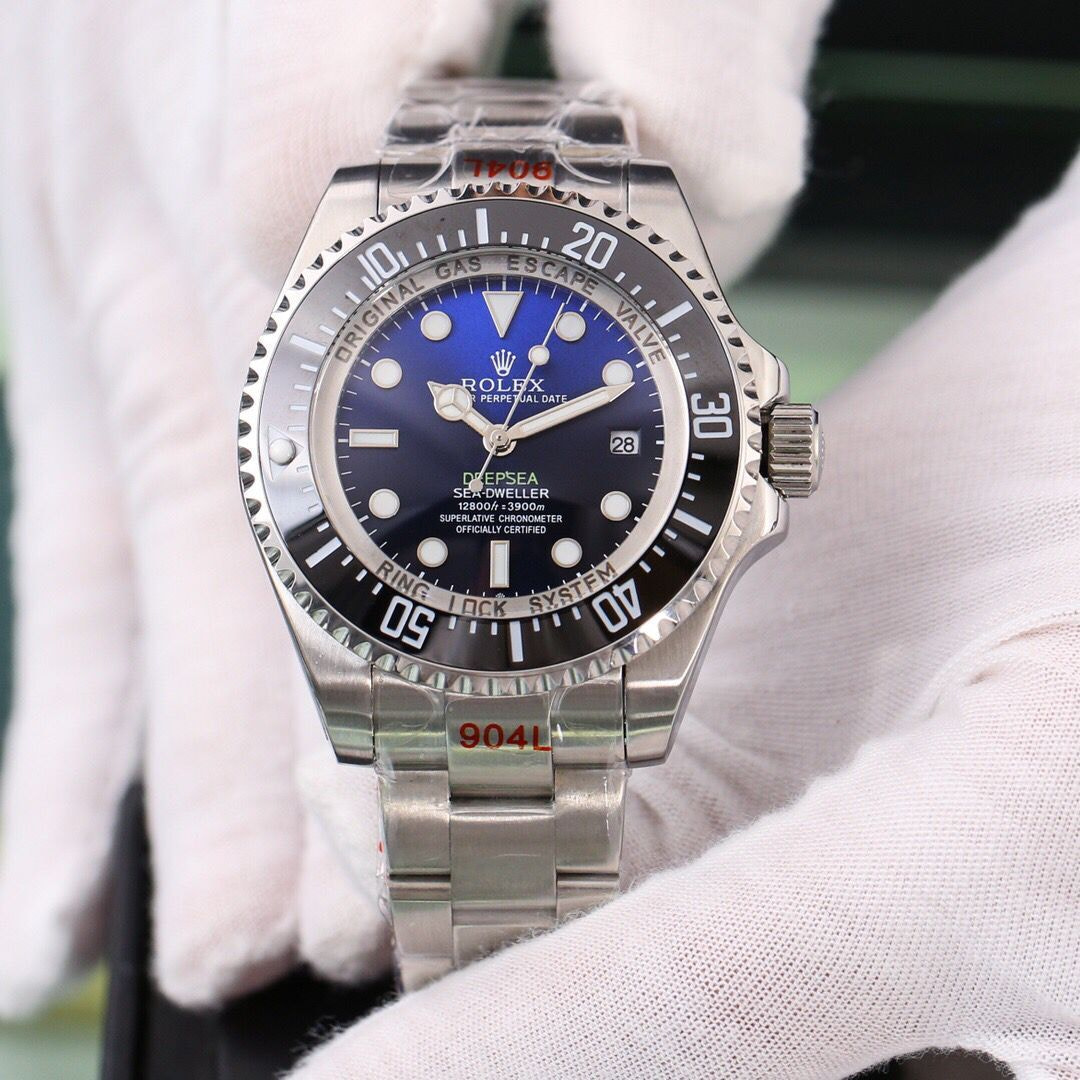Fashion Replicas and the Ethical Dilemma

본문
Replica fashion has become increasingly popular in recent years, with many people opting for affordable knockoffs of high-end brands. While the allure of high-status fashion at a lower of the cost may seem appealing, it's essential to consider the morality behind replica fashion. In this article, we'll delve into the world of replica fashion and discuss the implications it has on the fashion industry, スーパーコピー the environment, and society as a whole.
One of the primary concerns with replica fashion is the impact it has on the original designers and manufacturers. Luxury brands spend a significant amount of time, money, and resources to design, produce, and market their products. When consumers opt for replicas, they're essentially supporting the counterfeit industry and depriving the original designers of income. This can lead to a loss of jobs, reduced innovation, and a decrease in the quality of products from the original brand.
Another significant concern with replica fashion is the environmental impact. Many counterfeit factories operate in countries with little to no environmental regulations, leading to the production of garments with excessive chemicals, waste, and pollution. Additionally, the fast fashion industry as a whole has been criticized for its unsustainable practices, including the overconsumption of materials, water pollution, and textile waste. By buying replicas, consumers are contributing to this unsustainable cycle.
Replica fashion also raises concerns about patent laws. Luxury brands invest heavily in protecting their designs and logos, and counterfeiters often copy these designs without permission. This can lead to consumers being misled into purchasing substandard products that may not meet safety standards. In some cases, counterfeit products have even been linked to risk, such as toxic chemicals or faulty electrical cords.
Furthermore, replica fashion can perpetuate a culture of throwaway. The demand for cheap, trendy clothing can lead to a continuous cycle of consumption and discard, contributing to waste and pollution. This not only harms the environment but also perpetuates the notion that clothing is disposable, rather than valued and cared for.

In contrast, the rise of sustainable fashion has offered consumers an alternative to replica fashion. Sustainable fashion brands prioritize environmentally friendly methods, production methods, and supply chains. These brands often collaborate with original designers to create unique and high-quality products, while also promoting a culture of responsible fashion and consumption.
So, what can consumers do to make a positive impact? Here are a few tips:
- Do your research: Before purchasing a replica item, research the original brand and the potential consequences of buying a counterfeit product.
- Opt for sustainable fashion: Look for brands that prioritize environmental sustainability and fair labor practices.
- Buy second-hand: Consider shopping at thrift stores that sell pre-owned clothing.
- Value the items you own: Take care of your existing clothing and accessories, and consider repairing or repurposing them rather than discarding them.

댓글목록0
댓글 포인트 안내